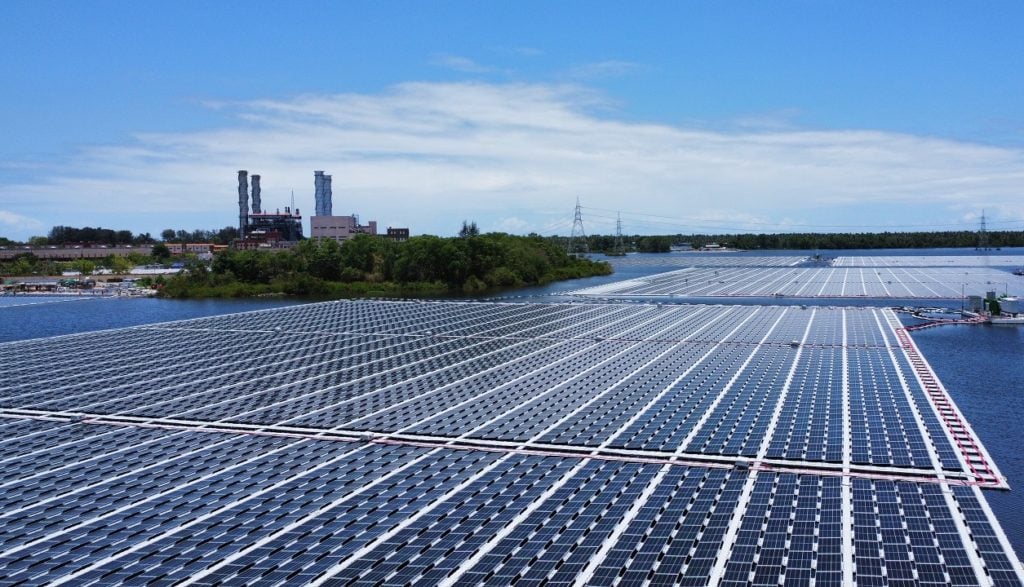
India’s Central Electricity Regulatory Commission (CERC) has approved tariffs of INR2.6 (US$0.03)/kWh for a portfolio of solar projects awarded last summer by the Solar Energy Corporation of India (SECI).
SECI, a government body, launched the tender last March and ultimately awarded 2GW of projects to six developers, including Indian renewables developers SAEL and ReNew, which each earned approval for 600MW of projects. As part of the bids, the developers sought tariffs of INR2.6 (US$0.03)/kWh, and this has now been approved by the CERC, potentially setting a precedent for higher levels of tariffs in the Indian solar sector.
Unlock unlimited access for 12 whole months of distinctive global analysis
Photovoltaics International is now included.
- Regular insight and analysis of the industry’s biggest developments
- In-depth interviews with the industry’s leading figures
- Unlimited digital access to the PV Tech Power journal catalogue
- Unlimited digital access to the Photovoltaics International journal catalogue
- Access to more than 1,000 technical papers
- Discounts on Solar Media’s portfolio of events, in-person and virtual
The CERC has also released new draft regulations for the tendering process as a whole. These regulations, which will be in effect from April 2024 to March 2027, split power generation facilities into “generic tariff” and “project specific tariff” categories, with solar projects in the latter category.
As solar tariffs will not be subject to annual regulation by the CERC, and will instead be determined on a case-to-case basis, there is the prospect that Indian solar tariffs will continue to rise, as developers seek greater financial assurances from the government as they look to develop projects.
According to the Institute for Energy Economics and Financial Analysis (IEEFA), the lowest winning tariff in utility-scale solar auctions increased by 22% between 2020 and 2022, suggesting that, on average, new solar projects are in greater need of government support now than in earlier years. The IEEFA suggests that “an increase in project cost and risk” has contributed to this increase in tariffs, and the CERC’s latest tariff approval follows the Indian government’s release of new incentives for rooftop solar installations, as the state looks to jump-start the Indian solar sector.
Similarly, Mercom notes that the lowest tariff on record in 2022 was INR2.29 (US$0.028)/kWh, an increase of close to 7% over the previous year, and a figure which suggests that even the tariffs offered for bids that are ultimately unsuccessful are increasing. While this could be to the benefit of developers in the short-term, the continued reliance of the Indian solar sector on beneficial government support will do little to improve the sector’s financial viability in the long-term.
However, India’s solar tariffs have, on the whole, been in decline, from a high of INR10.95 (US$0.13)/kWh in December 2010, according to the Council on Energy, Environment and Water, so the long-term trend in Indian solar financing remains encouraging.







